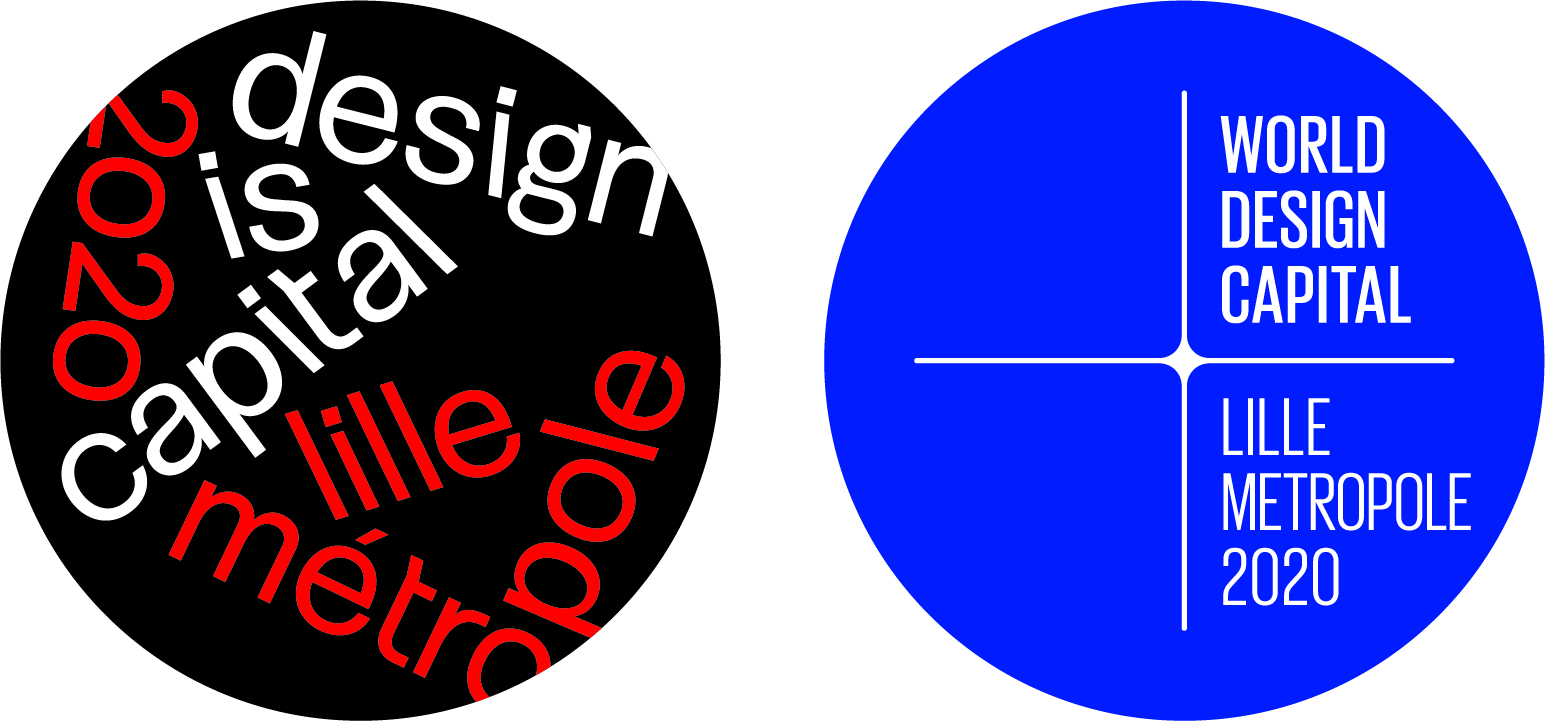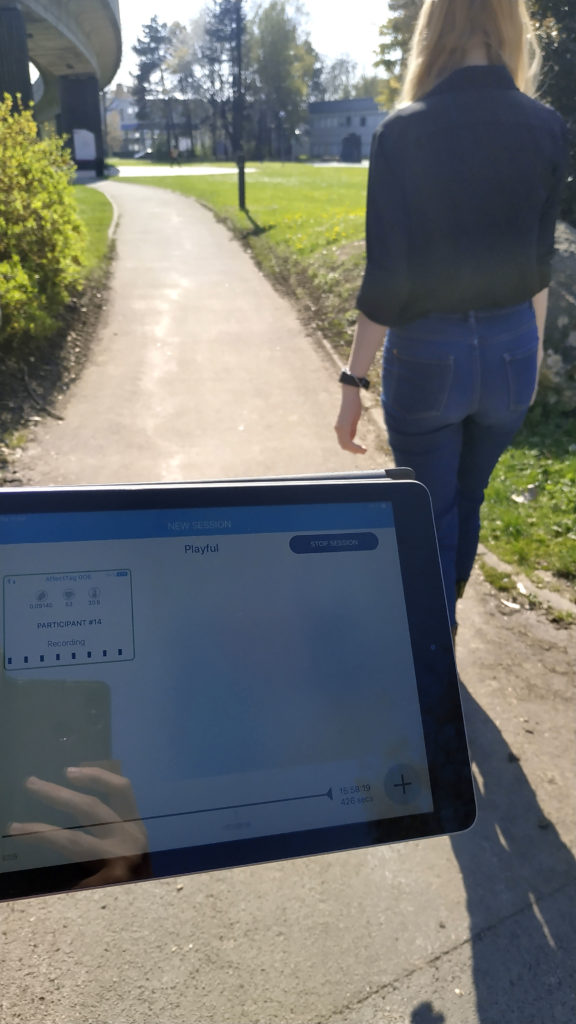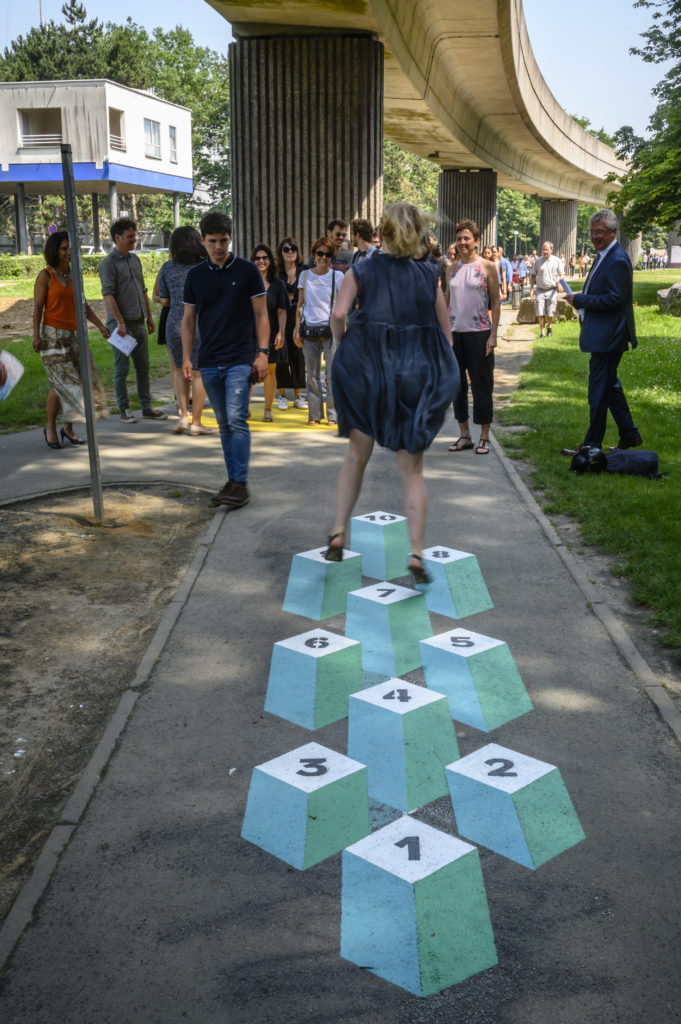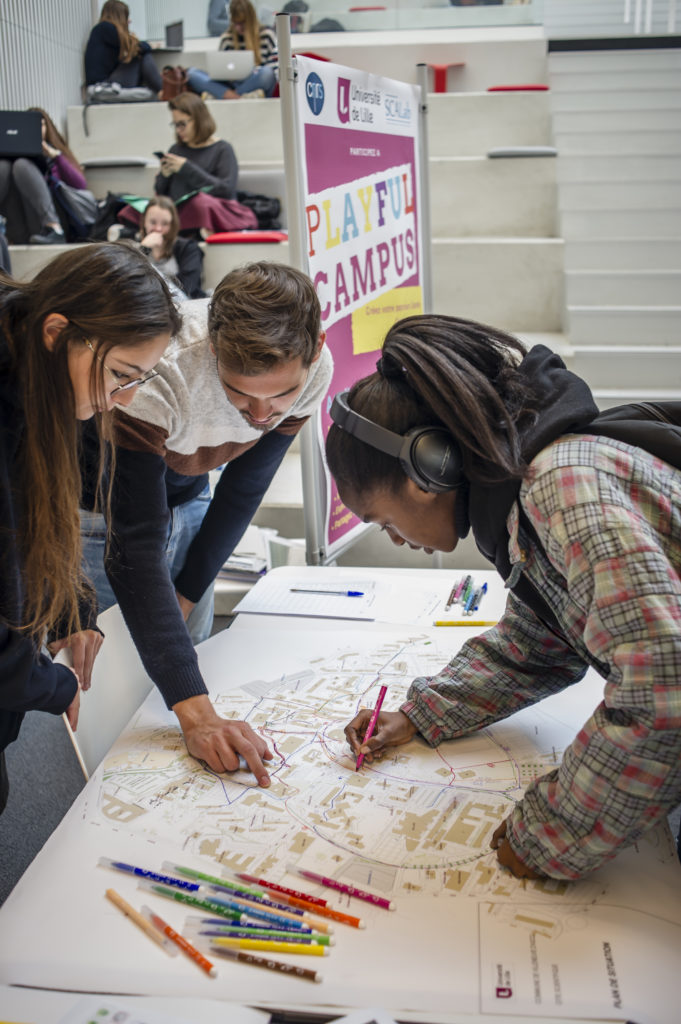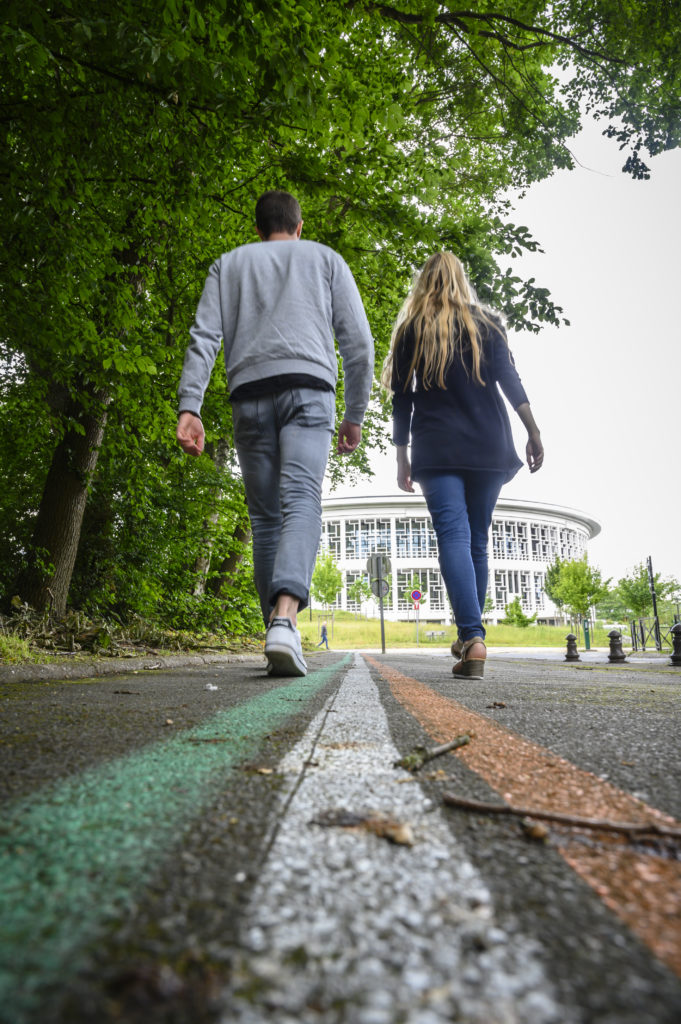POC Playful City
The city as a playground?
Who’s never crossed children drawing with chalk on the sidewalk a hopscotch game and not wanted to hop through the squares? Would fun and colourful urban circuits automatically motivate people to walk and do a little more exercise every day? Would livelier and brighter sidewalks and walkways reduce stress and cognitive fatigue?
Children’s games on an urban-scale…
Playful City seeks to explore exactly these questions.
Two test circuits have been created on the campus of the University of Lille in an attempt to measure the pleasure produced during exercise.
It all started as a collaboration between Pr. Yvonne Delevoye, researcher at the CNRS-ScaLab laboratory at the University of Lille, Adamantia Batistou, head of research and design research, who’s also a game and cultural design specialist, and Capucine Diancourt, a social designer, together with Le Studio LeBleuand La Condition Publique de Roubaix.
Students and university staff were brought together to work. Focus groups, surveys, observation grids … these were all used to create colourful and engaging paths, stimulating and easy to follow.
To measure the impact on users, advanced neuroscience tools and scientific knowledge was applied : eye-tracking systems, thermal cameras, force sensors, physiological measurements …
Playful City provides “a scientific methodology aiming to quantify the impact of urban design, particularly in terms of spontaneous physical activity and well-being”.
Recipes for systematic gamification
The project’s goal is to explore urban space while redefining it in an intelligent and adaptive environment that will not only be effective, but will above all focus on human-centred processes and life quality.
For the team in charge, a game is a good starting point to explore and imagine the city of tomorrow, since it’s the first tool we use to discover ourselves as children, explore the environment and communicate with those surrounding us.
Gamification is an ambivalent approach which evokes as much a return to the magic world of childhood as the manipulation of behaviour for marketing purposes …
If the fun and freshness of playgrounds applied to urban greyness is undeniable, Playful City involves a multitude of other questions :
Are fun and colourful circuits enough to make people rediscover the pleasure of doing the 30 daily minutes of moderate activity recommended by the World Health Organisation?
How long before people become jaded with these surprising circuits, much like the erosion of pigments?
How long before these surprising circuits become like the fading of colours with time?
Does measuring design’s effects help to create designs with more desired results? Does the “playful cities” world-phenomenon really change behaviour or doesit just add another layer of noise to the urban environment?
The rest of the Playful Cityresearch program will with no doubt answer these questions.
To be continued…
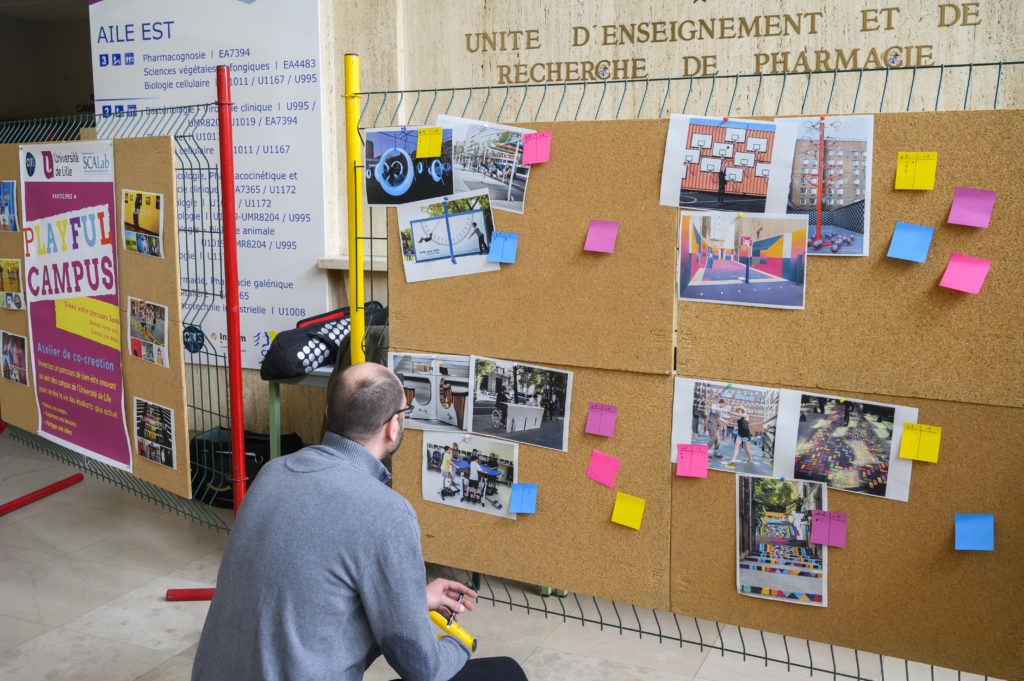
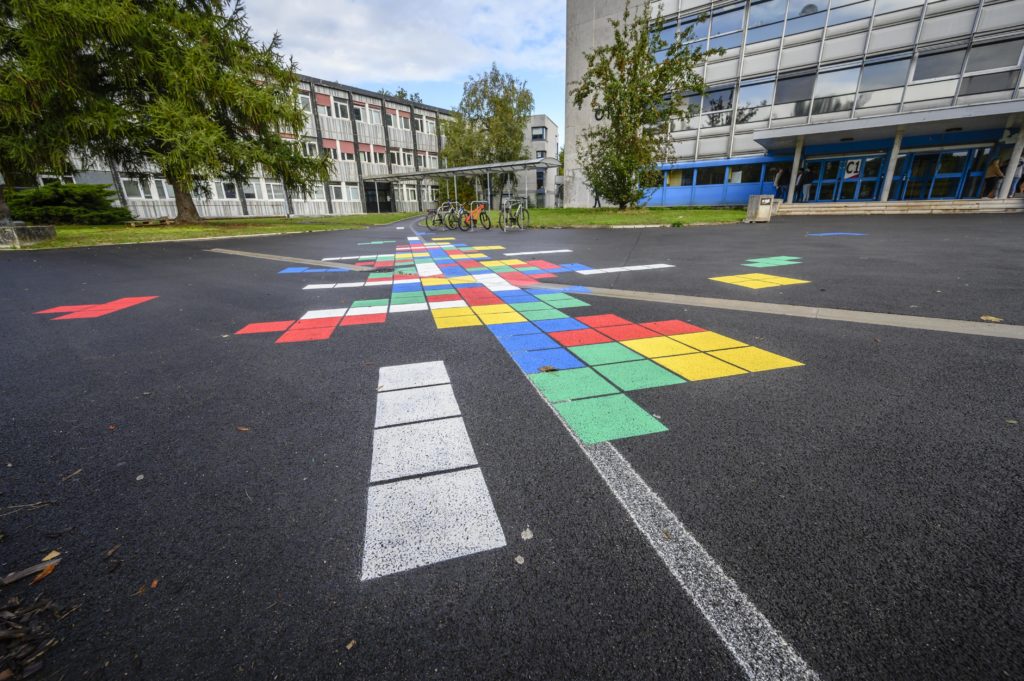
- Project holder: Yvonne N. Delevoye
- Designers: AdamantiaBatistou, Capucine Diancourt
- Stakeholders : Neotrope, Le Studio LeBleu, La Condition Publique de Roubaix, Université de Lille, Métropole Européenne de Lille
- Photo credit : Adamantia Batistou, Capucine Diancourt
